Academy of Fine Arts, Nuremberg
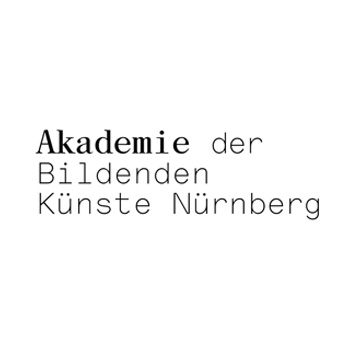
Founded: 1662
Address: Bingstr. 60 - Nuremberg, Germany
Phone: +49 911 94040
Address: Bingstr. 60 - Nuremberg, Germany
Phone: +49 911 94040
Here you find out Academy of Fine Arts, Nuremberg complete information about fees, location, degree Academy of Fine Arts, Nuremberg offers, number, website, and much more. Academy of Fine Arts, Nuremberg is a leading university in Nuremberg - Germany.
You can also find out jobs at Academy of Fine Arts, Nuremberg for students, teachers, and professors. We also update the database for an internship at Academy of Fine Arts, Nuremberg for students.
Around 2500 years ago in Athens the Greek philosopher Plato created the original model of the ‘academy’ with his school of philosophy: a sheltered secluded environment close to the name-giving Akademeia grove dedicated to free thinking, unfettered by any dogmas. This description applies to Nuremberg not only in respect of the unique academy grounds, but also and more importantly, to a key a...spect of our fundamental self-conception: as an academy, and especially as the first art academy to be founded in the German-speaking world in 1662, we are committed to this original historical concept of the ‘academy’ institution. We regard our academy as a ‘safe zone’ of the (im)possible, a place of free creative experimentation, in which students can develop their own personal artistic leanings during the study process.
The art academy in Nuremberg provides a creative hands-on space in which apparent self-evidences can be sounded out and uncertainties turned into creative products. Within our liberal range of studies, we seek to enable a wide spectrum of forms and manifestations of contemporary artistic practice, while positioning them in the relevant social and historical-critical context. For our understanding of the academy also includes an engagement with ‘the’ history and theory of art, true to the spirit of a famous maxim, once coined by an artist of a vehemently non-academic character, around 150 years ago: “To know in order to do” (Gustave Courbet). The individual classes in particular, provide those productive frameworks within which core study missions can be realised: to inquire and challenge, explore and – especially in view of the many studios and opportunities to exhibit – to experiment, debate openly and respectfully disagree, and of (self) empowerment and (self) enabling. Thus, regardless of whether students study fine or applied art or art education (ultimately our courses share more common than divisive aspects), the academy lets them develop a personal artistic stance, while also crystallising their individual character. This process entails constant questioning of their position in relation to the present, and an appreciation of their role as part of a fundamentally internationalised field of work, the diversity of which unlocks wider horizons of creative activity for their own art practice.
By nature, the academy provides creative space which must be accessible, nurtured and shaped, yet also critically examined. However, it cannot be ignored that as a result of ‘democratising the values of creativity and freedom’, artists have long ago ceased to be exceptional in character through self-realisation and an independent existence (Luc Boltanski/Ève Chiapello). ‘Creativity’ is no longer deemed a ‘unique characteristic’ of artists, the ‘creativity imperative (Andreas Reckwitz) is meanwhile also directed at neoliberal workforce mobilisation and absorption. Consequently, the academy is also a place of creative-practical debate and theoretical reflection. They not only address the once grand ‘art’ emancipation project dominated by the driving forces of the Modern artists, but also and further, the influences between this artistic potential and its social reality.
If we still regard art as a fundamental social force, then we must keep on resounding, reappraising and unlocking its potentials – in critical reflection and creative practice. The question of art’s position in contemporary society is undoubtedly also an aspect; and in this light an art academy must constantly review its social situatedness and remit in practical terms, according to the present circumstances. Permanent re-vision thus also always poses the question of how the ‘academy’ today or ‘today’s academy’ conceives itself and how we together aim to shape study and academy life. Posing such questions in a wide variety of media, discussing them and achieving a clearer focus is our core remit at the Academy of Fine Arts Nuremberg as safe zone of the (im)possible.
Founded in 1662 by Jacob von Sandrart, the Academy of Fine Arts in Nuremberg is the oldest art college in the German-speaking world. Fine and applied arts have since formed key sectors of learning, although emphasises have shifted in one direction or the other over the centuries.
Today learning takes the form of interdisciplinary interaction, the dialogue between fine and applied disciplines. It is flanked by new degree courses and a new media technology study programme.
In 1954, following temporary residence in the castle of the Teutonic Order in Ellingen, the academy moved to its own premises designed by Sep Ruf in a wooded area around Nuremberg Zoo. The transparent pavilion architecture in the east of the city – the first listed building of the post-war period in Southern Germany – has been extended several times, most recently by a new building by Hascher Jehle Architektur, completed in April 2013.
In 1662 the copperplate engraver and art dealer Jacob von Sandrart, the mathematician, astronomer and engraver Georg Christoph Eimmart, the painter and architect Elias von Goedeler and city council member Joachim Nützel found a "painting academy" in Nuremberg. It is the first art academy in the German-speaking world. In the beginning the gatherings are held at Sandrart"s home. Artists and interested laymen meet, draw and discuss art. A few years later the city of Nuremberg assumes sole responsibility for the institution, which initially is privately funded. The internationally famous painter, copperplate engraver and man of letters Joachim von Sandrart is appointed at its head.
In 1672 the painting academy rents a room in the "Rose" at the corn market for its gatherings and already two years later, a larger rent-free room in the former monastery of the Discalced Friars. From 1699 to 1819 the academy is located on the premises of St. Catherine"s convent, with a brief interlude from 1814 to 1817 when it is used as a Russian military hospital. The academy is then moved to the castle. Another move takes place in 1833 to the Landauer Twelve Brothers" House. The academy will remain there until moving to its new building in Flaschenhofstrasse at the end of the 19th century.
In 1716 a drawing school for training in arts and crafts is founded in Nuremberg. The two imperial city institutions are closely linked from their inception. The drawing school is primarily intended to foster new talent and promote the arts & crafts and building trade in the imperial city, thus maintaining its competitive edge with high quality standards. The drawing school is already affiliated to the academy in 1718. Forty years or so later it again becomes independent and finally closes in 1843.
In 1820/21 the Nuremberg academy is renamed the "Royal Art School". Although initially the structure and teaching remains the same, the status of academy is already lost, albeit in name only. The transfer of the former imperial city to the Kingdom of Bavaria at the beginning of the 19th century enhances trade and commerce, but not the artistic world. Both king and government adhere to the principle of "Nuremberg to industry – Munich to art", demoting the Nuremberg academy in 1883 to the status of "arts & crafts school". Teaching now focuses solely on the needs of the artisan crafts.
Since its gradual demotion in the early 19th century the school has endeavoured to have its status of academy restored. In 1928 the institution is renamed the "state school of applied art", however this is not accompanied by a change of status. In Nuremberg applied art continues to be taught, but not fine art. The school has been housed in a spacious new building in Flaschenhofstrasse since 1897.
A decree of the Reich Ministry of Science, Education and Culture dated 16 April 1940 raises the status of the state school of applied art to the "Academy of Fine Arts in the City of the Rallies Nuremberg". The elevation in rank is the result of efforts on the part of Nuremberg mayor Willy Liebel. He regards the return of the art school to the foremost ranks of the German academies to be a further piece in perfecting his vision of Nuremberg, defined by the myths of old Nuremberg, Dürer and Sachs, romantic half-timbering and crown glass windows. The "most German of all German cities", as Liebel likes to refer to the city, soon becomes the cult centre of the Nazis due to the annual orchestration of the rallies. A first-rate art academy must not be missing from the picture.
The rank of academy changes little in terms of studies. Due to limitations imposed by the state of war no fundamental changes are possible. However some of the teaching staff are dismissed from the applied arts department. Their classes are closed to the benefit of new fine art subjects. The air raid on Nuremberg of 10/11 August 1943 leaves the academy building badly damaged. Teaching can no longer be continued. Temporary quarters are soon found in the former castle of the Teutonic Knights in Ellingen, around fifty kilometres from Nuremberg. Teaching is characterised by administrative deficits and improvisional talent until the end of the war.
The art academy resumes teaching in Ellingen in May 1946. The return to Nuremberg is delayed for some time. A new building by Sep Ruf in Bingstrasse, close to Nuremberg Zoo, is completed in 1956. In the preceding years the academy has gradually taken up residence in the pavilions.
You can also find out jobs at Academy of Fine Arts, Nuremberg for students, teachers, and professors. We also update the database for an internship at Academy of Fine Arts, Nuremberg for students.
Around 2500 years ago in Athens the Greek philosopher Plato created the original model of the ‘academy’ with his school of philosophy: a sheltered secluded environment close to the name-giving Akademeia grove dedicated to free thinking, unfettered by any dogmas. This description applies to Nuremberg not only in respect of the unique academy grounds, but also and more importantly, to a key a...spect of our fundamental self-conception: as an academy, and especially as the first art academy to be founded in the German-speaking world in 1662, we are committed to this original historical concept of the ‘academy’ institution. We regard our academy as a ‘safe zone’ of the (im)possible, a place of free creative experimentation, in which students can develop their own personal artistic leanings during the study process.
The art academy in Nuremberg provides a creative hands-on space in which apparent self-evidences can be sounded out and uncertainties turned into creative products. Within our liberal range of studies, we seek to enable a wide spectrum of forms and manifestations of contemporary artistic practice, while positioning them in the relevant social and historical-critical context. For our understanding of the academy also includes an engagement with ‘the’ history and theory of art, true to the spirit of a famous maxim, once coined by an artist of a vehemently non-academic character, around 150 years ago: “To know in order to do” (Gustave Courbet). The individual classes in particular, provide those productive frameworks within which core study missions can be realised: to inquire and challenge, explore and – especially in view of the many studios and opportunities to exhibit – to experiment, debate openly and respectfully disagree, and of (self) empowerment and (self) enabling. Thus, regardless of whether students study fine or applied art or art education (ultimately our courses share more common than divisive aspects), the academy lets them develop a personal artistic stance, while also crystallising their individual character. This process entails constant questioning of their position in relation to the present, and an appreciation of their role as part of a fundamentally internationalised field of work, the diversity of which unlocks wider horizons of creative activity for their own art practice.
By nature, the academy provides creative space which must be accessible, nurtured and shaped, yet also critically examined. However, it cannot be ignored that as a result of ‘democratising the values of creativity and freedom’, artists have long ago ceased to be exceptional in character through self-realisation and an independent existence (Luc Boltanski/Ève Chiapello). ‘Creativity’ is no longer deemed a ‘unique characteristic’ of artists, the ‘creativity imperative (Andreas Reckwitz) is meanwhile also directed at neoliberal workforce mobilisation and absorption. Consequently, the academy is also a place of creative-practical debate and theoretical reflection. They not only address the once grand ‘art’ emancipation project dominated by the driving forces of the Modern artists, but also and further, the influences between this artistic potential and its social reality.
If we still regard art as a fundamental social force, then we must keep on resounding, reappraising and unlocking its potentials – in critical reflection and creative practice. The question of art’s position in contemporary society is undoubtedly also an aspect; and in this light an art academy must constantly review its social situatedness and remit in practical terms, according to the present circumstances. Permanent re-vision thus also always poses the question of how the ‘academy’ today or ‘today’s academy’ conceives itself and how we together aim to shape study and academy life. Posing such questions in a wide variety of media, discussing them and achieving a clearer focus is our core remit at the Academy of Fine Arts Nuremberg as safe zone of the (im)possible.
Founded in 1662 by Jacob von Sandrart, the Academy of Fine Arts in Nuremberg is the oldest art college in the German-speaking world. Fine and applied arts have since formed key sectors of learning, although emphasises have shifted in one direction or the other over the centuries.
Today learning takes the form of interdisciplinary interaction, the dialogue between fine and applied disciplines. It is flanked by new degree courses and a new media technology study programme.
In 1954, following temporary residence in the castle of the Teutonic Order in Ellingen, the academy moved to its own premises designed by Sep Ruf in a wooded area around Nuremberg Zoo. The transparent pavilion architecture in the east of the city – the first listed building of the post-war period in Southern Germany – has been extended several times, most recently by a new building by Hascher Jehle Architektur, completed in April 2013.
In 1662 the copperplate engraver and art dealer Jacob von Sandrart, the mathematician, astronomer and engraver Georg Christoph Eimmart, the painter and architect Elias von Goedeler and city council member Joachim Nützel found a "painting academy" in Nuremberg. It is the first art academy in the German-speaking world. In the beginning the gatherings are held at Sandrart"s home. Artists and interested laymen meet, draw and discuss art. A few years later the city of Nuremberg assumes sole responsibility for the institution, which initially is privately funded. The internationally famous painter, copperplate engraver and man of letters Joachim von Sandrart is appointed at its head.
In 1672 the painting academy rents a room in the "Rose" at the corn market for its gatherings and already two years later, a larger rent-free room in the former monastery of the Discalced Friars. From 1699 to 1819 the academy is located on the premises of St. Catherine"s convent, with a brief interlude from 1814 to 1817 when it is used as a Russian military hospital. The academy is then moved to the castle. Another move takes place in 1833 to the Landauer Twelve Brothers" House. The academy will remain there until moving to its new building in Flaschenhofstrasse at the end of the 19th century.
In 1716 a drawing school for training in arts and crafts is founded in Nuremberg. The two imperial city institutions are closely linked from their inception. The drawing school is primarily intended to foster new talent and promote the arts & crafts and building trade in the imperial city, thus maintaining its competitive edge with high quality standards. The drawing school is already affiliated to the academy in 1718. Forty years or so later it again becomes independent and finally closes in 1843.
In 1820/21 the Nuremberg academy is renamed the "Royal Art School". Although initially the structure and teaching remains the same, the status of academy is already lost, albeit in name only. The transfer of the former imperial city to the Kingdom of Bavaria at the beginning of the 19th century enhances trade and commerce, but not the artistic world. Both king and government adhere to the principle of "Nuremberg to industry – Munich to art", demoting the Nuremberg academy in 1883 to the status of "arts & crafts school". Teaching now focuses solely on the needs of the artisan crafts.
Since its gradual demotion in the early 19th century the school has endeavoured to have its status of academy restored. In 1928 the institution is renamed the "state school of applied art", however this is not accompanied by a change of status. In Nuremberg applied art continues to be taught, but not fine art. The school has been housed in a spacious new building in Flaschenhofstrasse since 1897.
A decree of the Reich Ministry of Science, Education and Culture dated 16 April 1940 raises the status of the state school of applied art to the "Academy of Fine Arts in the City of the Rallies Nuremberg". The elevation in rank is the result of efforts on the part of Nuremberg mayor Willy Liebel. He regards the return of the art school to the foremost ranks of the German academies to be a further piece in perfecting his vision of Nuremberg, defined by the myths of old Nuremberg, Dürer and Sachs, romantic half-timbering and crown glass windows. The "most German of all German cities", as Liebel likes to refer to the city, soon becomes the cult centre of the Nazis due to the annual orchestration of the rallies. A first-rate art academy must not be missing from the picture.
The rank of academy changes little in terms of studies. Due to limitations imposed by the state of war no fundamental changes are possible. However some of the teaching staff are dismissed from the applied arts department. Their classes are closed to the benefit of new fine art subjects. The air raid on Nuremberg of 10/11 August 1943 leaves the academy building badly damaged. Teaching can no longer be continued. Temporary quarters are soon found in the former castle of the Teutonic Knights in Ellingen, around fifty kilometres from Nuremberg. Teaching is characterised by administrative deficits and improvisional talent until the end of the war.
The art academy resumes teaching in Ellingen in May 1946. The return to Nuremberg is delayed for some time. A new building by Sep Ruf in Bingstrasse, close to Nuremberg Zoo, is completed in 1956. In the preceding years the academy has gradually taken up residence in the pavilions.
Read More
Details:
LeaderShip: Chancellor: Peter Ochs
Fees:
Time:
Phone Number: +49 911 94040
City: Nuremberg
Fees:
Time:
Phone Number: +49 911 94040
City: Nuremberg
Timing:
Country: Germany
Staff:
Website: http://www.adbk-nuernberg.de
Country: Germany
Staff:
Website: http://www.adbk-nuernberg.de
Subjects:
Jobs in Academy of Fine Arts, Nuremberg
Currently, there is no job opening in Academy of Fine Arts, Nuremberg as per our database.

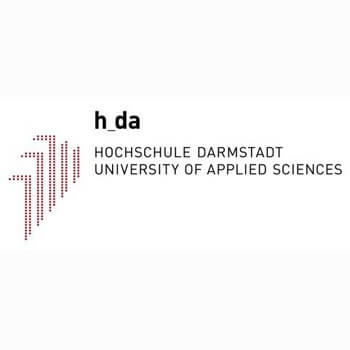
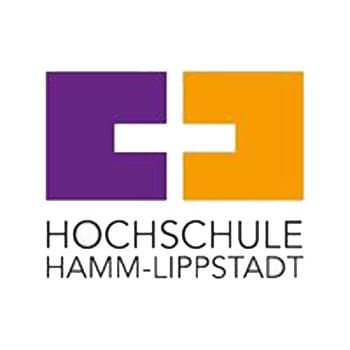
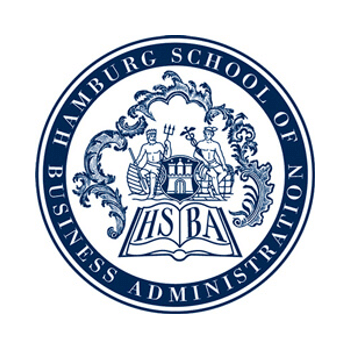
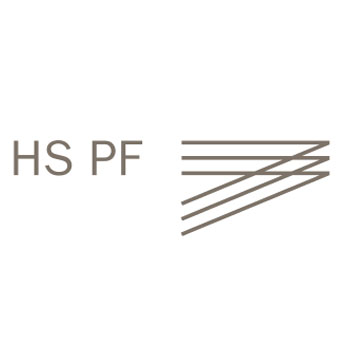

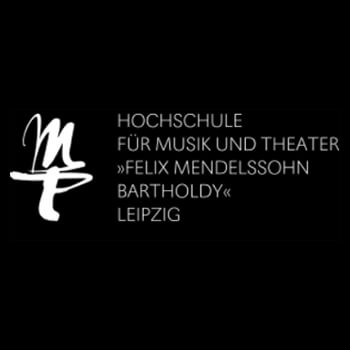
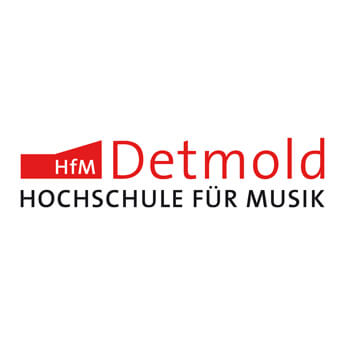
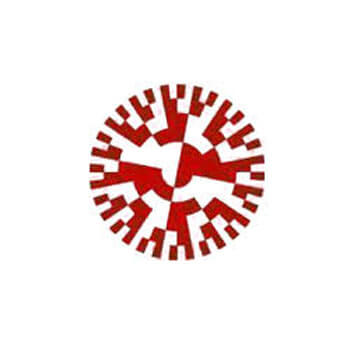










Leave a Reply